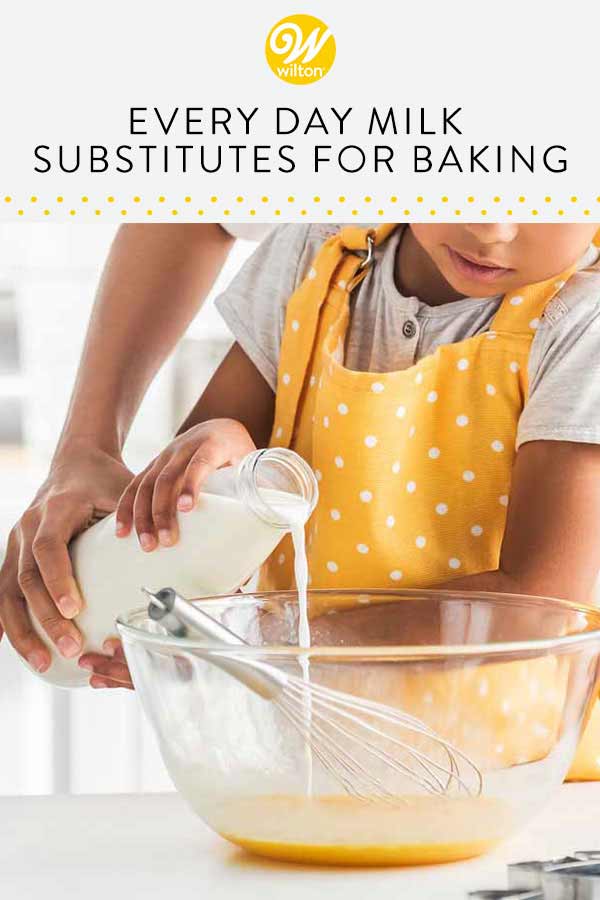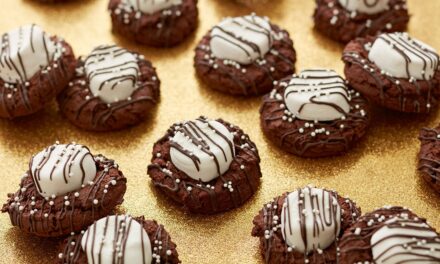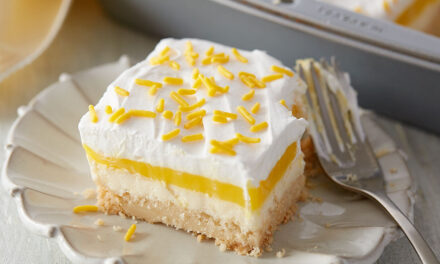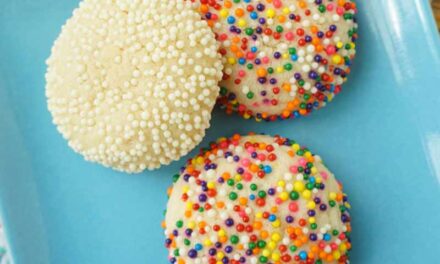Out of milk? Learn how to use everyday milk substitutes like heavy cream, half and half, and other products as replacements in your baking recipes.
Whether you’re a bread baker or a cake maker, chances are milk is an essential ingredient in your favorite recipes. It’s great for adding flavor and texture to a variety of baked goods, don’t fear if you’ve run out of milk. There are plenty of ways you can fulfill the urge to bake with these milk substitutes.
As is the case with most ingredients, not all milk is created equal. Each has a different fat content and can impact the color, texture and flavor of your recipe. Therefore, it’s important to keep in mind the relative fat content of the milk substitute you’re using.
Types of Milk
To better understand how milk works in baking, let’s break down the types of milk, along with their fat content.
For our recipes, we typically use whole milk. The protein content, fat, sugar and overall creaminess of whole milk is ideal for creating delicious baked goods and treats. Whole milk is generally 3.25% milkfat (or fat in milk).
On the other side of the spectrum is skim milk. Skim milk usually comes in at about 0.5% (or less) milkfat, so there’s really little to no flavor. One percent and two percent milk have 1% and 2% milkfat by weight, respectively. In general, the more fat, the more flavor!
The other two common milk options – heavy cream and half and half – are much fattier and can provide great flavor. Heavy cream contains about 36% milkfat and half and half comes in at about 12% milkfat.
Different Types of Milk Substitutes
If you can’t make it to the store, here are some common milk substitutes you can use in a pinch!
1. Heavy Cream
With a higher milkfat content than whole milk, heavy cream has a thick consistency and a rich, velvety mouthfeel. Many recipes that require heavy cream, such as scones or cream soups, require the added fat for better texture and flavor.
Heavy cream can also be whipped with confectioners’ sugar to make a delicious topping for fresh fruit or ice cream. It can even be turned into a frosting when combined with a stabilizer, like piping gel. Be careful not to overwhip it, though – too much beating and your heavy cream will turn into butter!
You can substitute heavy cream for milk by diluting it with a little water. Use half a cup heavy cream and half a cup water for every cup of whole milk.
1 cup whole milk: combine ½ cup heavy cream and ½ cup water.
2. Half and Half
Made using equal parts whole milk and heavy cream, half and half still adds significant richness without being too heavy. It’s great for soups, sauces and gravy because the higher fat content makes it less likely to curdle when boiled.
Half and half can easily be used in place of whole milk with the addition of a little water. Combine ¾ cup half and half and ¼ cup water for every cup of whole milk you’re substituting.
1 cup whole milk: combine ¾ cup half and half and ¼ cup water.
3. Powdered Milk
Powdered milk, or dry milk, is the dry solids that remain after all the moisture has been removed. One of the great advantages of powdered milk is that it has a long shelf life.
Powdered milk can be used to add creaminess to savory soups and sauces. It can also be added to smoothies and milkshakes to boost up the protein. You can even add it to homemade hot cocoa mix to gift to friends during the holidays.
Best of all, it’s super easy to use powdered milk in baking. Simply follow the package instructions to reconstitute and make the amount of milk necessary for your recipe. Also, take note that powdered milk comes in different milkfat levels (just like real milk). So make sure to check the fat content on the powdered milk you’re using.
When using powdered milk in a recipe, you can reconstitute the milk and use it as you would whole milk. You can also combine the milk powder with the other dry ingredients and add the appropriate amount of water when you would normally add milk.
4. Evaporated Milk
Not to be confused with sweetened condensed milk, evaporated milk is another product with a relatively long shelf life. Evaporated milk comes in a can and goes through a process to remove some of its water. This process gives the evaporated milk a deeper color and fuller flavor.
Evaporated milk is often used in place of heavy cream to add richness and body without the added fat. You can use it as you would cream in sauces, soups and baked goods. To use it as a milk substitute, simply add water.
1 cup whole milk: combine ½ cup evaporated milk and ½ cup water.
By now it should come as no surprise that evaporated milk also comes in a variety of fat levels. Be aware that the lower fat levels will not be as rich in flavor as the higher fat levels.
5. Non-Dairy Milk Alternatives
Milk alternatives, such as almond, soy, oat or coconut milk, have become favorites for lactose intolerant and lactose-loving bakers. Keep in mind that each one may have a unique flavor that can come through in your baking.
Of course, that’s not always a bad thing! Almond milk, with its delicate nutty flavor, works well in most baked goods. The coconut flavor in coconut milk would be delicious with a rich chocolate cake. However, some may find these flavors too noticeable, so best to stick with unsweetened and plain varieties without added sugar.
In most cases, almond milk, soy milk, coconut rice milk and most nut milks can be substituted cup for cup. On the other hand, oat milk has more starch than regular milk and may change the texture of baked goods.
Non-dairy substitutions do vary in fat, protein and starch, so getting the right mix may take some trial and error.
So, no need to cry over spilled milk! With all these suggestions for milk substitutions, you’ll be able to satisfy your baking craving no matter what you have!
What other baking tips and tricks can you share with us? Let us know in the comments below!







can whipping cream be used for heavy cream
Yes you can!